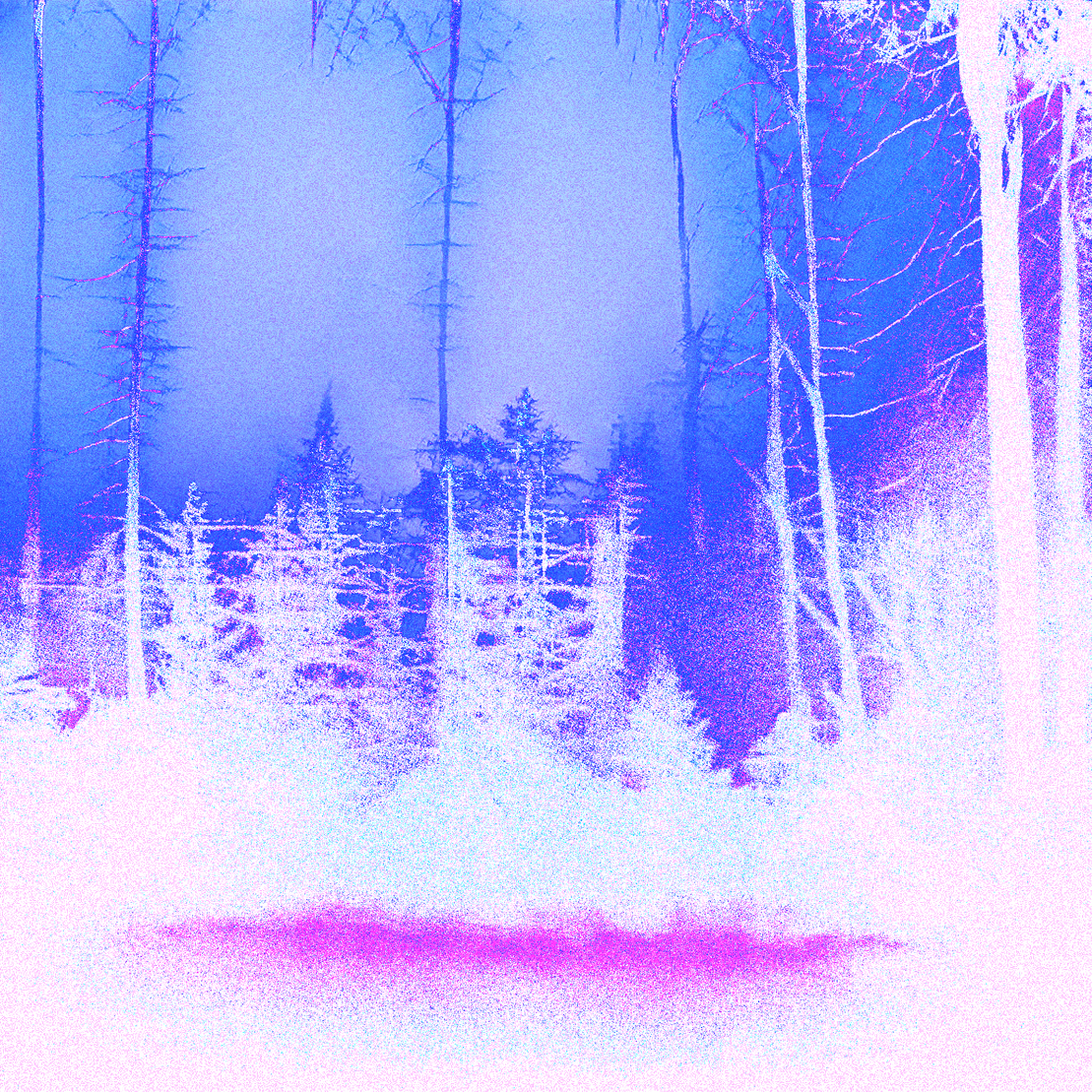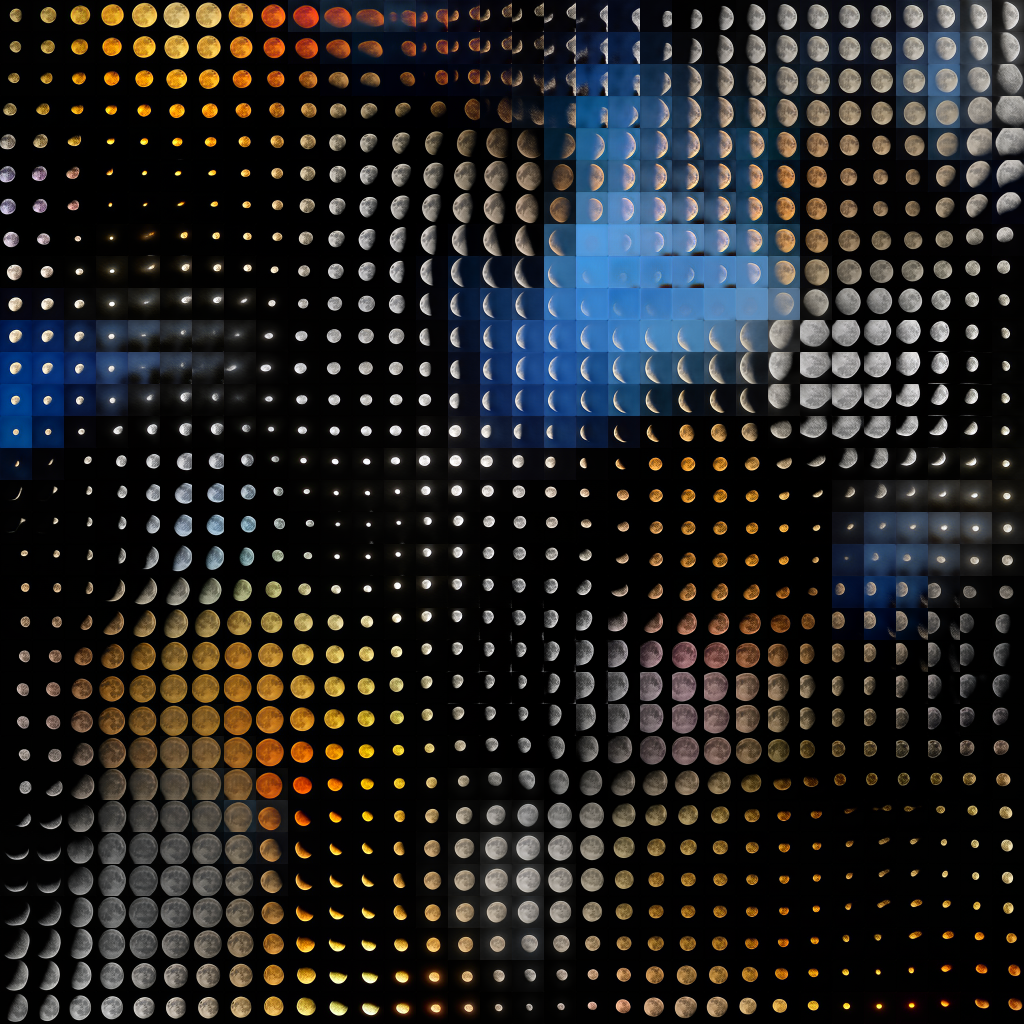What do you think will be more popular in the future, gen art or AI art?

What's the difference between AI Art and Gen Art?
written by Kaloh
By Kaloh
This article was originally published at Kaloh's Newsletter on August 24, 2022 and edited on September 30, 2022.
Today, I would like to weight in on the differences between these two art styles. It all started on Twitter after I shared a poll to understand the perception of both disciplines.
Despite the poll results, it became clear there is considerable confusion about the differences between both styles. I spent some time researching and will try to outline the contrasts between both areas or, at least, how I see them. During the process, I learned a lot, and before starting I have to say there isn’t a clear consensus about many of these definitions yet.
What is AI Art?
First, let’s define artificial intelligence (AI) in simple terms.
Artificial intelligence (AI) is intelligence demonstrated by machines, as opposed to the natural intelligence displayed by animals including humans. (1)
Over the past decades, we’ve seen a massive improvement in artificial intelligence systems due to advances in storage, faster processors, cloud computing, and, more importantly, vast and diverse data sets. Data sets are essential since they are the gasoline for artificial intelligence systems.

AI has many applications and an extensive amount of techniques with their pros and cons. From autonomous systems (like self-driving cars) to chat and voice assistants, visual detection, forecasting, natural language processing (the capacity to understand languages and produce text outputs), and image generation. The last one has been widely used over the past year - in different ways, such as in AI art.
So, how does AI Art work?
I won’t go into the specifics, as these technologies are pretty complex, have many variants, and evolves constantly. My goal is to provide some basic context at this time.
In 2014, Ian Goodfellow and his colleagues created a framework called generative adversarial networks, or GANs, a subtype of neural networks (2). This technology takes data (training set) and generates a new output with similar characteristics to the input. For example, providing a training set with photos can produce similar photos as the output.
One year ago, you needed to technically understand how these neural networks worked, set up your models, handle massive amounts of data (images), and run the neural network, which required a lot of processing power, among other steps. Only those with the technical knowledge, time, and resources had access.
hybrid ecosystems : inter-atlantic communications what sonic conversations do we hear in the oceans of hybrid futures?
“Hybrid ecosystems : inter-atlantic communications” was created by Entangled Others Studio, co-founded by Sofia Crespo (neural artist) and Feileacan McCormick (generative artists), explores synthetic life forms, and is an excellent example of unique AI art.
Over the last year, some applications have taken this process to another level, making it very easy for anyone to generate such outputs without creating their own training set, as many images are included by default. Some are Midjourney, DALL-E, and DALL-E-2. Additionally, GPT-3 by OpenAI works similarly (using another type of neural network for natural language processing), producing text outputs. It can write books, poems, jokes, stories, or whatever you tell.
Users must provide a prompt or short text to use these platforms. You can control the parameters and the outputs by changing your prompts, which is why sometimes this kind of art is called “prompt art.”
Remember, not all AI art uses prompts, as artists could set up their own models, processes, and setups. One example is Dy5p1ace by Mario Klingemann, who created an interactive installation in London during Proof Of People 2022. The input was the joystick movements the collector did, who ended the experience with the artwork minted to his crypto wallet.
Some discourage this art practice (when using tools like Midjourney or DALL-E). Nevertheless, there are artists innovating and creating unique masterpieces. Here are some things they are doing differently:
- Master the prompt game to perfectly guide the AI. As you practice and study all the possibilities, you get better at navigating and controlling the neural networks.
- Come up with your own style. As the outputs can be wild, figuring out how to create your visual style consistently might be the hardest thing to accomplish by an AI artist.
- Use your photos or images as the training set. By doing this, you make sure you will get unique outputs.

What is Gen Art?
Let’s jump into gen art or generative art now. Well-established researchers and historians formed many definitions. This one is one of my favorites so far:
Generative art refers to any art practice where the artist uses a system, such as a set of natural language rules, a computer program, a machine, or other procedural invention, which is set into motion with some degree of autonomy contributing to or resulting in a completed work of art. -
Philip Galanter (3)
If we take this definition, AI Art falls under Gen Art because neural networks are autonomous systems producing a work of art. Nevertheless, it seems that currently, there isn’t a widely accepted structure.
When we think about Gen Art collections on platforms like ArtBlocks, and FxHash, there is a difference in how these collections are constructed. They usually use mathematical methods and incorporate random functions to ensure each work is unique. This form of art has been explored since programming languages and computers were created, but they have become widely popular with the introduction of the blockchain.

The reason is the code is stored on the blockchain, and the seed of the random function is connected to the blockchain transaction. This new mechanism wasn’t feasible before and is one of the reasons why this new art form is so sought after.
Currently, generative art platforms (FxHash, ArtBlocks) aren’t rigorously designed to support AI technologies. Artists employ their preferred methods and libraries - the most popular are the javascript language and the p5.js library.
One of the purest examples of a Gen-Art collection is RGB Elementary Cellular Automaton by @ciphrd. It replicates a previously created algorithm and has multiple sets of rules randomly followed to generate different outputs.
Stephen Wolfram's Elementary Cellular Automaton where 3 different rules are drawn in the Red, Green and Blue color components of the image. Rules are selected randomly among a pre-selection of 53 rules from which nice behaviors emerge.
Tokens can have a cell size in the [1; 20] range.
- RGB Elementary Cellular Automaton by ciphrd.
One key difference when creating a collection on a platform like FxHash compared to generating an AI image is artists need solid coding skills. In the case of AI, new tools like Midjourney and DALL-E are making it much more accessible, although having your custom setup could be highly complex and requires considerable technical skills too.
For that reason, there is a high entry barrier to this art form. In addition, artists face different challenges as they must decide the collection length and how many pieces the algorithm should generate. This isn’t a trivial question, as setting this too high could affect the general perception of the collection in case the artwork ends up being repetitive. Setting this value too low could undermine the collection as the outputs don’t reflect the reach and capacity of the algorithm.
This challenge leads us to important concepts - long-form gen art and short-form gen art (4).

It is called long-form gen art when artists release the algorithm and produce hundreds of outputs. It is also possible to create an autonomous system and curate the outputs, so artists only showcase the ones they like instead of letting the program run freely. When an artist decides to do this, it’s called short-form gen art.
Coming back to the comparison, both disciplines aren’t too far from each other, and some artists have already combined both techniques. Ivona Tau and Cyril Diagne released generative collections on FxHash that use AI principles.
The project has been developed in multiple stages. It started with an inspiration by the Lithuanian landscape and research of the ancient myths and legends. The photography aimed at capturing the mysterious, spanning months and years of different experiences. A custom pre-trained artist’s GAN model was then trained on a collection of several hundred photographs in high resolution. Selected outputs were curated by artist and included as a starting canvas for the next stage. Then, a set of stochastic manipulations were programmed to create alternative narratives through the visual destruction. Fog turns into smoke into burning radioactive forest in an unpredictable manner, guided by the random variables, their boundaries crafted by artist.
- Mythic Laten Glitches description by Ivona Tau.

A generator for the mascot of darkness. The moons are generated with a real-time GAN of 1.6M parameters that has been trained on thousands of photos collected on the internet. Each grid performs a unique cycle of 29.53 days, in sync with the iconic celestial body.
- Waxing Crescent by Cyril Diagne
Another difference between both is AI image generation will be widely used (and already is) for commercial uses outside the art field. Due to how easy it is to generate high-quality images which reflect ideas perfectly for marketing purposes.
To conclude this piece, it seems clear we are in the origins of both art disciplines. Most players in the NFT art space - artists, collectors, and platforms - have been involved for less than two years, some even less than a year. This means experimentation and innovation are still at the center stage of both movements. We can expect plenty of new ways to use gen art, and many emerging artists will become more prolific and capable of taking these techniques to new levels. As I mentioned, there isn’t a clear consensus on these definitions, and since the NFT space moves so fast, it will probably take several years to establish the general terms.
Until next time,
- Kaloh
PD: Thanks to community members @koljaaa_, @ethspresso, and @WTHisCrypto for their feedback before publishing the article!
This article was originally posted at https://www.kaloh.xyz
1. Poole, David; Mackworth, Alan; Goebel, Randy (1998). Computational Intelligence: A Logical Approach. New York: Oxford University Press.
https://archive.org/details/computationalint00pool
2. Goodfellow, Ian J.; Pouget-Abadie, Jean; Mirza, Mehdi; Xu, Bing; Warde-Farley, David; Ozair, Sherjil; Courville, Aaron; Bengio, Yoshua (2014). "Generative Adversarial Networks"
3. What is Generative Art? Complexity Theory as a Context for Art Theory
https://www.philipgalanter.com/downloads/ga2003_paper.pdf
4. The Rise of Long-Form Generative Art
https://tylerxhobbs.com/essays/2021/the-rise-of-long-form-generative-art